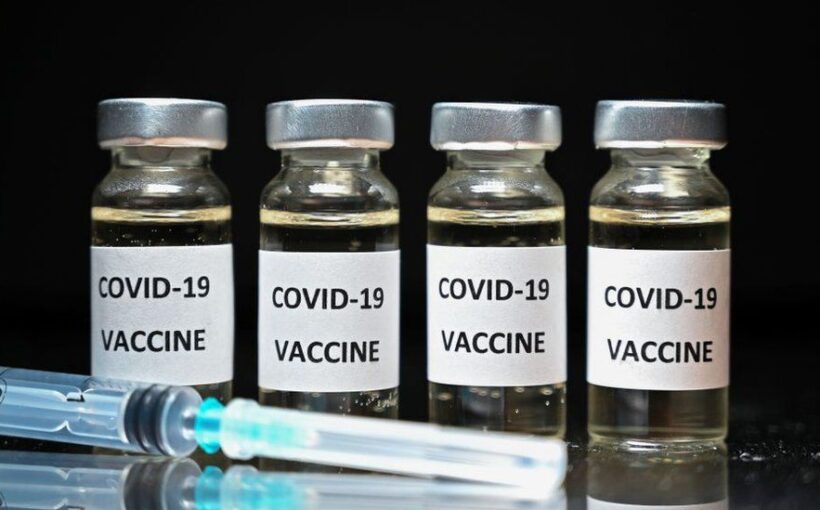
In 2021 — the deadliest year on record — 1,771 Albertans died of drug poisoning. Add the 1,358 Albertans fatally poisoned in 2020, and the province has all-too quietly lost 3,129 people from overdoses in the last two years.
This mortality rate points to a public health emergency approaching the scale of COVID-19. Sound far-fetched? The pandemic that began in March 2020 and triggered unprecedented and sweeping health restrictions has so far killed 4,074 Albertans in roughly the same time span, while the pace of drug poisonings appears to be accelerating. Latest government data shows January 2022 was the third-deadliest month on record for opioid poisonings. December 2021 had the highest-ever recorded opioid deaths and November 2021 was the second-highest.
As the three-part Toxi-City series that ran in this newspaper the last three Saturdays showed, the toxic drugs epidemic is every bit as tragic and catastrophic in terms of human suffering and societal cost as any viral plague.
Part One shared the stories of some of those wasted lives and the heartbroken families left behind. It also debunked the misconception that drugs are only a problem on inner-city streets; most people are dying in their homes, whether that’s in the cities, suburbs or small-town Alberta. This crisis hits closer to home than we might wish to believe.
Part Two followed the volunteers and first responders working with addicts. They shared their frustration with the government’s lack of urgency in dealing with the “overdose pandemic” compared to COVID-19, of long wait lists for addiction recovery services and the decision to require safe consumption sites to ask clients for their personal health numbers, which deters clients from using the facilities. All this, during a pandemic when the drug supply is increasingly tainted and deadly.
But since being elected, Jason Kenney’s government has consistently framed the public health emergency as one of addiction, best tackled with better access to treatment and recovery services while rolling back harm-reduction services. This has forced addicts into unsafe spaces like Edmonton’s LRT washrooms — now locked-up in response.
In Toxi-City’s final instalment, Mike Ellis, Alberta’s associate minister of mental health and addiction doubled down on that approach while criticizing supervised consumption sites and safe drug supply as “keeping people in a perpetual state of pain and suffering.”
When asked how he measured success — fewer deaths or more Albertans accessing treatment, Ellis said it came down to being able to tell the success stories of addicts turning their lives around once the government gets “the entire system up and running.”
Wrong answer. As those advocating for addicts have so often pointed out, there can be no recovery if the person has died of an overdose. The more pressing problem is a toxic drug supply.
Let’s also remember that safe consumption sites were never intended to be a standalone response to the drug crisis but represent one of four pillars — harm reduction — of a strategy that also includes prevention, treatment and enforcement.
Given what’s at stake, the appropriate government response would be to devote the resources necessary, including safe supply and more supervised consumption sites, to save as many lives as possible. Now is not the time for politics and ideology, but it is the time for action and empathy.
Local editorials are the consensus opinion of the Journal’s editorial board, comprising Colin McGarrigle, Dave Breakenridge, Craig Gilbert and Bill Mah.
Source: EdmontonJournal



